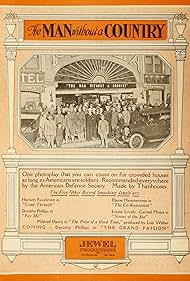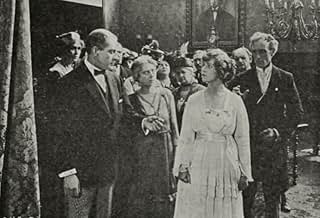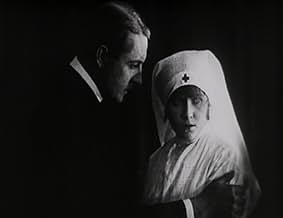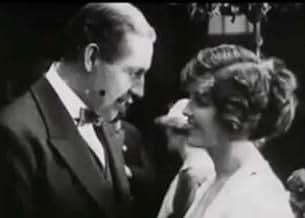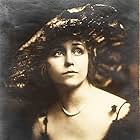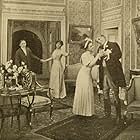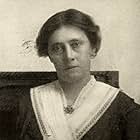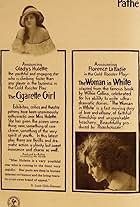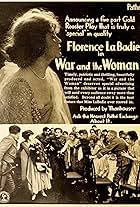A number of movie actors and actresses have died during the peak of their careers throughout cinematic history. The shock of such deaths come out of left field, which makes their fans paralyzed at the thought of someone dying so young in life while appearing so recently vibrant on the screen. The first popular actress to die at the height of her film career was silent movie star Florence La Badie.
The tremendous popularity of young La Badie was reaching its apex when she avoided two trucks opposite of her car on the road from Albany, N. Y., to New York City after picking up her fiancé. She drove off the road and down a steep embankment, crushing her pelvis along with other injuries. Rushed to the local hospital, La Badie was seemingly on the mend when she developed blood poisoning, killing her at the young age of 29.
La Badie, Thanhouser Studio's top actress, had just wrapped up filming in what turned out to be her final movie, September 1917's "The Man Without A Country." The film became the touchstone to the conclusion of a prominent movie career spanning eight years.
Appearing on the stage, La Badie was introduced to movies by fellow-Canadian Mary Pickford when she introduced Florence to D. W. Griffith and Biograph Studios in 1909. An impromptu appearance in a Griffith movie elicited an invite to join the Biograph stock of actors. She accepted, appearing in 30 Biograph films. La Badie was offered a lucrative contract with Thanhouser Studios two years later and quickly became one of cinema's top female draws. Starring in 166 Thanhouser films such as one of movie's first horror films, 1912's "Dr. Jekyll and Mr. Hyde" as Jekyll's girlfriend, her stardom skyrocketed. La Badie's physical bravado is seen in the immensely financially successful film serial, "The Million Dollar Mystery," where she performed her own dangerous stunts.
The irony of her final film, "The Man Without A Country," was the part-Canadian La Badie became an anti-war activist when she saw pictures from a young Canadian soldier in France who sent her images he took capturing the carnage on the Western Front. She created a slide-show of those photos and went on a speaking tour warning her audience of the horrors of war. But once America entered World War One in April 1917, La Badie stopped the tour.
She stars in basically what could be a recruitment film for the United States Armed Services, which was beginning to raise volunteers over the summer of 1917. La Badie's character, Barbara, joins the Red Cross, while her fiancé, played by actor Holmes Herbert, is a vocal extreme pacifist who wears a "Peace At Any Price" button. Barbara breaks off the engagement because of his stance. Herbert is devastated, and with being shunned by his friends and his country club associates, he reads the famous short story written by Edward Hale given to him by an old family friend. He sees a vision of Barbara telling him he's the Philip Nolan in the story and eyewitnesses all the events happening to him as the main protagonist experienced in Hale's tale. The feel-good ending where the American soldiers embark for Europe includes none other than....
The concluding scene of La Badie was on the minds of movie goers when "Country" was released in early September while the actress was in the hospital recovering from the crash. When she died in mid-October, later conspiracy theories began cropping up about her mysterious, premature death. One had President Woodrow Wilson responsible for her accident: the wild story had Wilson impregnating her and had federal agents cut her automobile brakes to bury the affair.
"A Man Without A Country" likely would have been her final movie for Thanhouser Studios since her contract expired and several other studios were in a bidding war for her acting services. A large turnout appeared at her funeral, and she was buried in an unmarked grave at the Green-Wood Cemetery in Brooklyn, New York. A grandson of Thanhouser Studio's founder in 2014 raised money to place a gravestone at her burial site on the anniversary of her 126th birthday.
